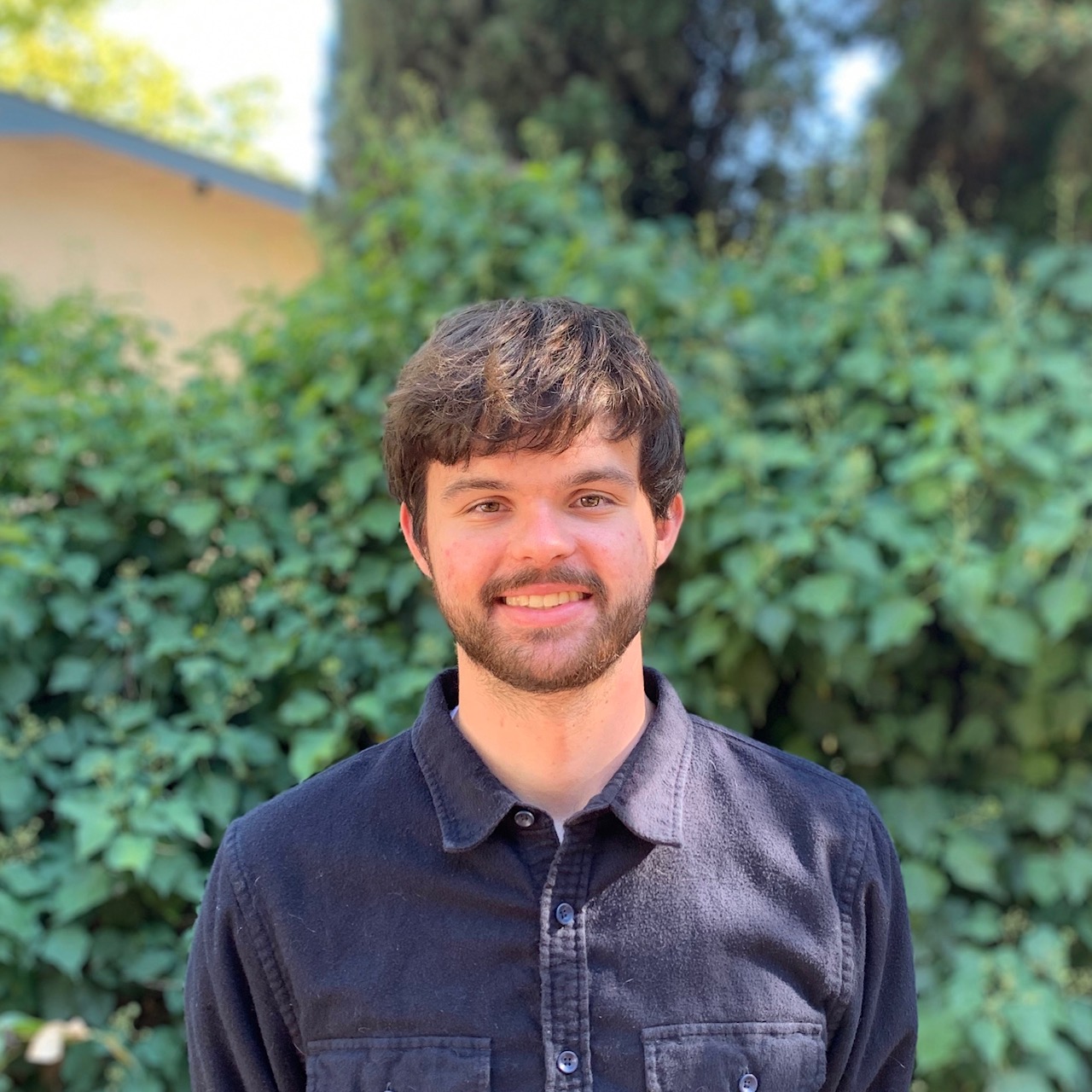Under the umbrella of The Learning Forum, CLO LIFT, a group of learning and development leaders, is actively addressing persistent challenges straining the industry.
Tackling these 10 industry wide challenges three at a time—starting with the value of learning—the group is focusing on skills and leading the charge as chief learning officers (and their teams) work to anticipate strategic new skills and introduce relevant programs and initiatives.
With industry leaders across organizations like Starbucks, Workday, Amazon and Liberty Mutual, CLO LIFT’s skills focus group is working to answer the question: How do CLOs understand the ever-evolving “skill-scape,” influence investment in upskilling and quickly bring capability to impact business performance on the organization?
“I see, in my organization, how much faster we have to upskill our colleagues than ever before. Learning alone isn’t going to do it,” says Heather Stefanski, member of the skills group and CLO for McKinsey & Company. “I fundamentally need to change the way I lead as a chief learning and development officer and [how] my organization operates to meet the rapidly changing pace of surging skills as required for our business.”
Everyone is struggling to improve certain skills at a much more rapid pace, Stefanski says. “This topic is not only near and dear to my heart for my organization, but something I’m seeing as a challenge for McKinsey’s clients and all other CLOs.”
Scaling skills
The world we operate in is changing at an exponential rate. As a result, CLOs and leaders need to be keenly aware and change how they operate to create skilled talent faster than the market can enable businesses to capitalize on these changes.
Much of the skills group’s work has centered around creating an organizational capability to upskill at scale—the scaling problem of skills—and not waiting for the big shiny object or perfect technological answer to scale for you.
Stefanski says we can’t rely on or wait for the perfect technology to come along because it isn’t necessarily solving the business imperative at hand. Part of the group’s effort was to identify core problems for CLOs in the current world of work.
The focus must be on building the capabilities of our organizations to address the business needs, not the latest and greatest bright and shiny objects that may or may not actually solve the core business challenge, Stefanski added.
The three core challenges the skills group aimed to address for CLOs are: Lack of alignment with business needs, poor alignment to the employee value proposition and having an infrastructure to demonstrate with data the connection to the business.
Being able to address these challenges will position the CLO more as a critical business advisor who adds value and meaningful contributions to the organization’s overall strategy. “In my career, when the work that L&D was doing was directly related to the strategy of the organization, and the CEO could see that direct link of demonstrated impact […] money never became an issue,” says Eric Dingler, former CLO for Deloitte. “You have to make that connection, not just a gut connection. You need to prove it.”
Aligned with the overall CLO LIFT goal of improving the skills of CLOs themselves, the group is also focused on bigger, more cross-functional skills of the role. CLOs need to integrate their efforts across the entire talent lifecycle and lead efforts that cross talent, recruiting, HR and employee engagement, Stefanski says.
If you want to surge a particular skill and make a difference in your talent’s skill supply, “it is way more than just delivering a leading-edge curriculum,” Dingler says. “You also need to think about working across talent to impact all the different levers to make it a reinforcing system.” Otherwise, the result is a curriculum where people go through and time out with lost productivity, or it never gets used.
Elevating for everyone
At the end of every challenge, the group produces a positional whitepaper. The one for this challenge includes examples of both failure and success to give more junior CLOs ways to think about the job and actually make an impact on the business.
The group also interviewed more than 20 CLOs from tech companies, pharmaceutical companies, consumer companies and consulting firms to build a collaborative and comprehensive skill surging framework for learning leaders. All of which is included in the whitepaper—with steps to develop skills, starting small by testing pilots and expanding to scale.
“What’s going to make it powerful to other CLOs and CHROs out there is that this is coming from a group of 25 professionals with diverse backgrounds all at the top of their profession,” Dingler says. “Contributing what we each individually learn so that collectively the knowledge is even more powerful.”
The group hopes their framework and continued support can help elevate the profession for all learning leaders. Stefanski and Dingler say they plan to continue to support skills development with CLOs in any way they can, such as communicating with the C-suite to build buy-in, ensure alignment with business priorities and share guidance and research on how the organization can effectively build intentional learning skills in all their employees.
“This initiative is practitioner-driven. [We’re] a diverse set of individuals from industries that have joined forces and made this collaborative journey together to try and deal with some of the underlying skills issues that have impacted and frustrated us,” Dingler says.
At an individual company, nowadays, you never get enough time to think about the issues and execute better than before.
“My hope is that this results in something that can help our profession up its game to the next level,” Dingler says. “We all come together with this belief that what we do is important and helps us and our organizations make the world a better place.”
This article is the second in a three-part series exploring the initial challenges of CLO LIFT. You can read the first article here.















